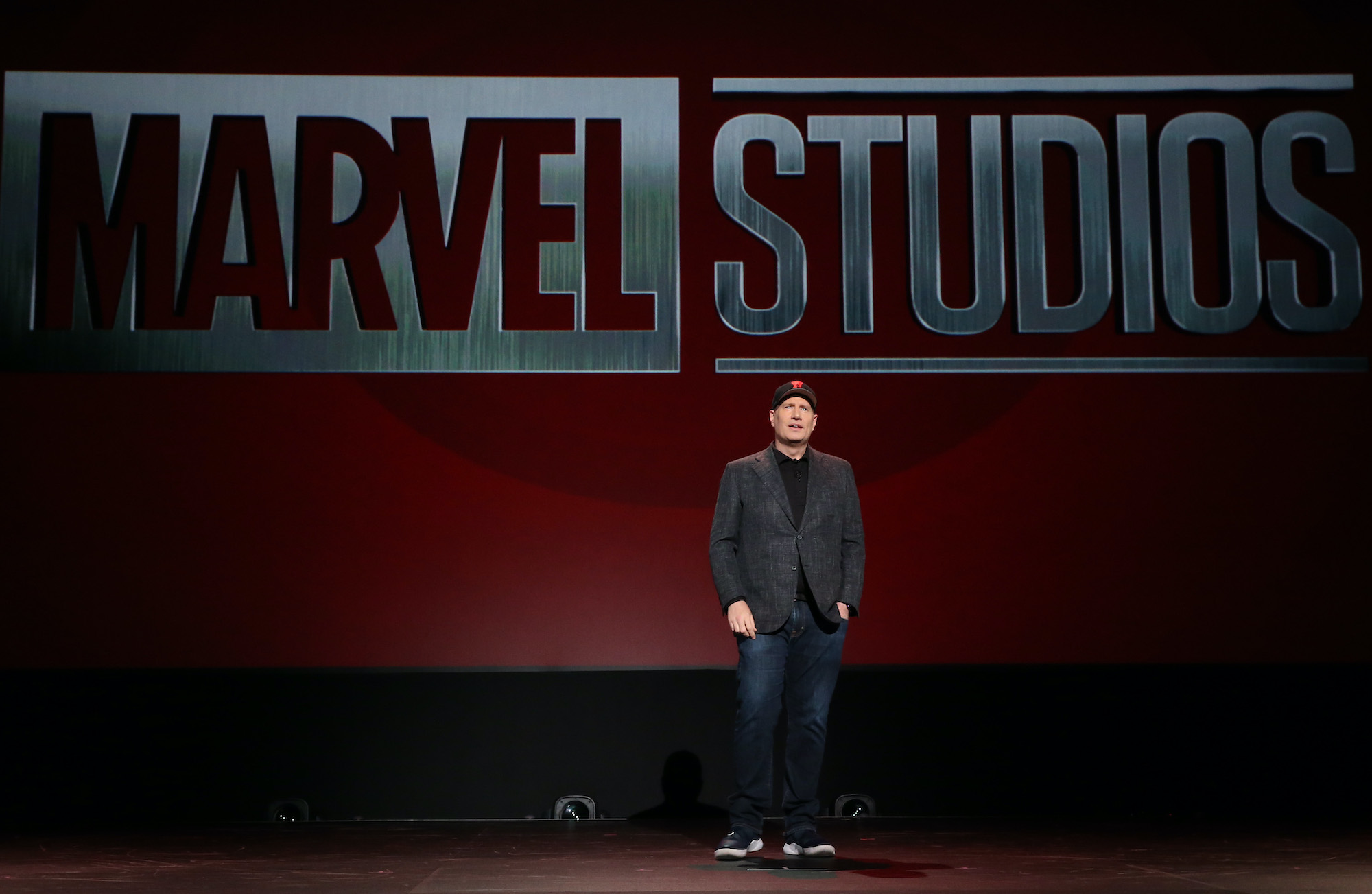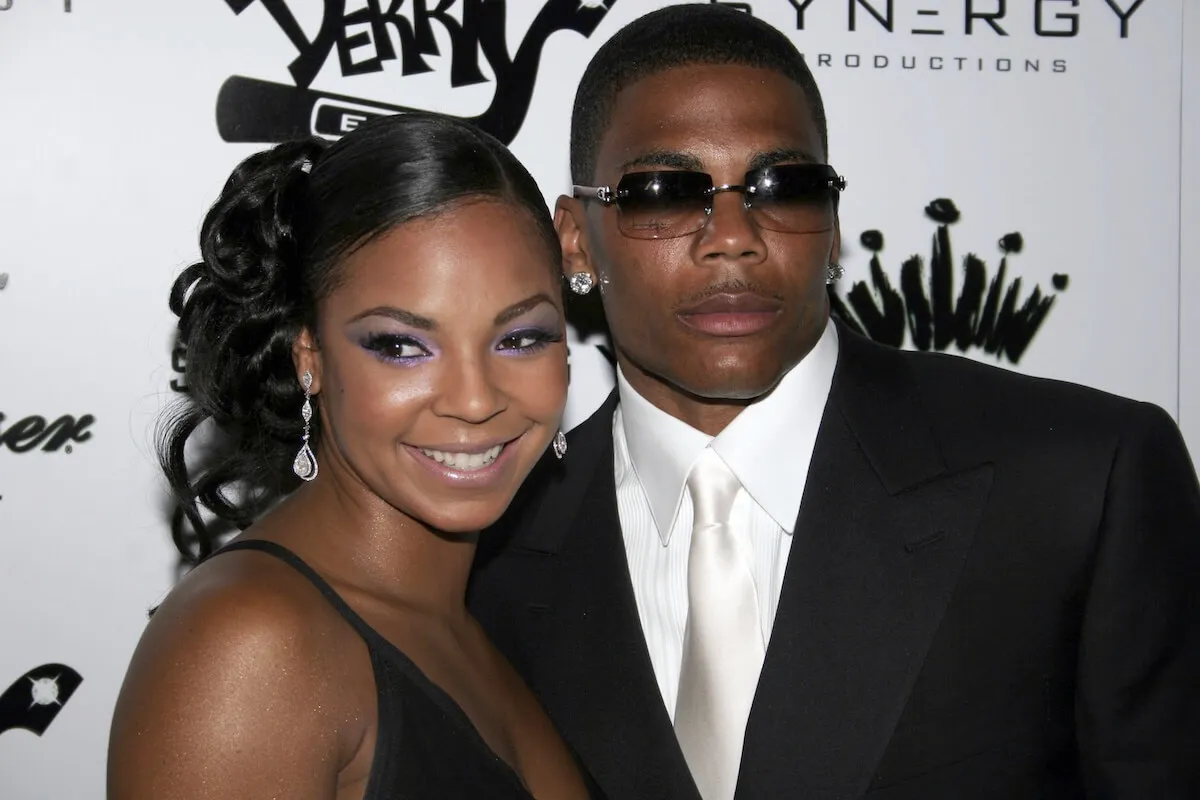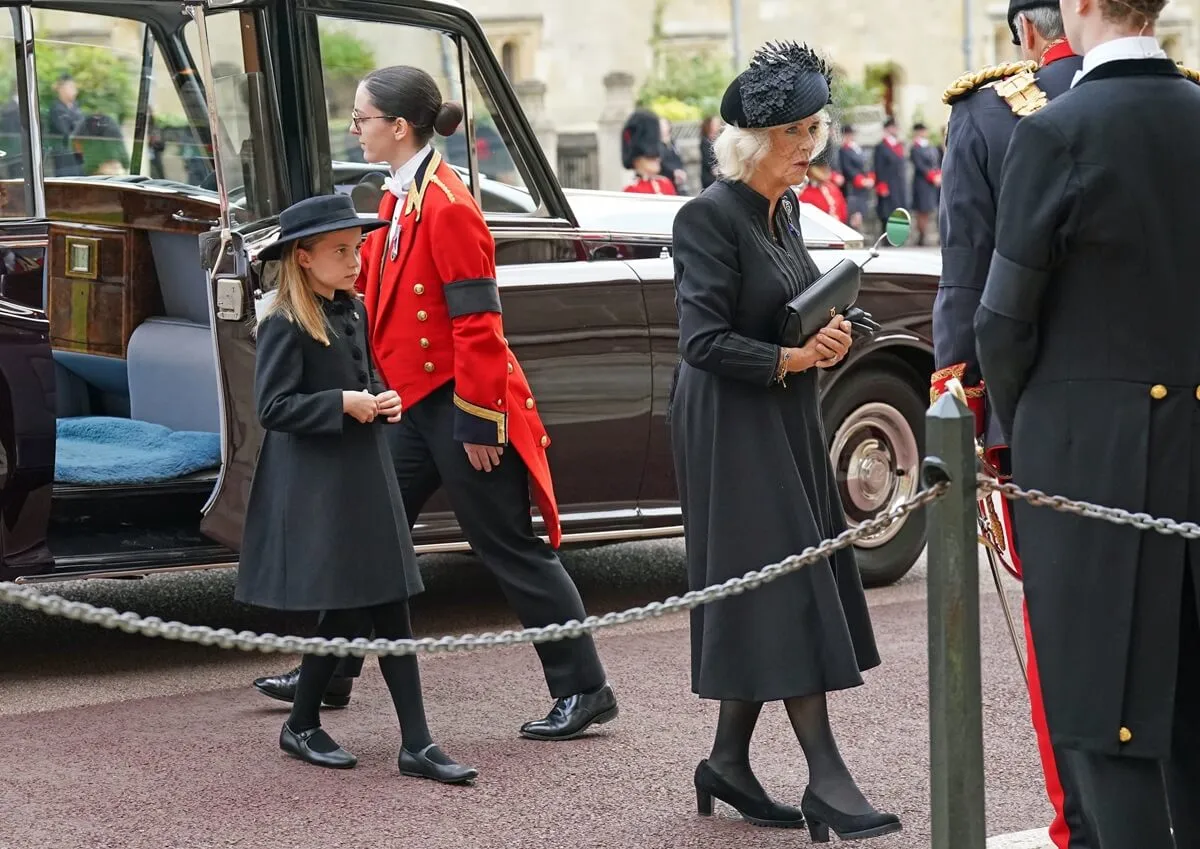MCU Phases: How Many Marvel Movies Are In Each Phase So Far?
The Marvel Cinematic Universe may not be the first cinematic universe in entertainment history, but it’s undoubtedly the biggest.
While other franchises have expanded into something more significant than a single film or series, the MCU has done so more directly than anyone before. As Marvel announces each new phase, it’s easy to forget exactly how we got here from Phase 1.
Phase 1: Birth of the MCU
As Digital Spy noted, It all started in 2008 when Paramount reached a deal with Marvel Entertainment’s newly minted film company. From there, they reached distribution agreements with companies like Paramount. Save for The Incredible Hulk, which Universal distributed, the first slate of films was made by Marvel and distributed by Paramount.
The film that kicked it off, Iron Man, changed the genre forever. At the time, popcorn action had taken a back seat to grittier films thanks to Christopher Nolan’s Batman Begins’ success. Iron Man was something of a bridge. It had all the action pieces that people loved in films like Sam Raimi’s Spider-Man trilogy but had more nuance to it, too. Iron Man was a hit. The MCU officially took off in the credits when Samuel L. Jackson’s Nick Fury recruited him to The Avengers.
From there, Marvel slowly put the pieces into place to expand on the universe. Hulk doubled down on the grit. Iron Man 2 allowed more elements of the greater universe to fall into place, and Captain America added more overt science fiction elements. Thor added a hefty dose of fantasy.
By the time that the first Avengers film came out, the pieces were in place for the tone, makeup, and feel of the MCU that remains strong to this day.
Phase 2: Expansion

After The Avengers, there was no going back. The film was one of the most significant events in movie history. When Phase Two began, it came with added expectations. They kicked it off with three sequels, Iron Man 3, Thor: The Dark World, and Captain America: the winter soldier. All three films allowed their titular characters to show their warts and expand on their pathos as the crew got bigger.
After three successful solo franchises, Marvel kicked off its first solo ensemble project, Guardians of the Galaxy. The move helped define the genre-bending nature of the MCU that remains to this day. The Guardians remained on the sideline when the second Avengers film, Age of Ultron, was released in 2015.
As Adrienne Tyler of Screen Rant noted, it was around this time that Disney, which purchased Marvel in 2009, began to have a heavier influence on the projects.
Phase 3: Division
The third phase was the series’ most expansive. It started with Captain America: Civil War, a film which, while bearing the superhero’s name, acted more like one of the Avengers films as the heroes fight against one another in the name of what they believe is right. From there, divisions were drawn, and complications arose. It was also the first time that Spider-Man, as played by Tom Holland, appeared in the universe.
This was the first phase that relied so heavily on new properties. While Guardians of the Galaxy Vol. 2 and Thor Ragnarok were massive hits, they also introduced a slew of new characters. Doctor Strange was one of the most ambitious projects to date. At the same time, Spider-Man: Homecoming showed that audiences were ready for their third incarnation of the character since 2001.
Black Panther changed the game forever. As Jamil Smith of Time noted, it was one of the first in the genre to feature a black superhero in the starring role and a predominantly black cast. From there, Marvel kicked off its biggest event yet. Avengers: Infinity War tore the MCU to pieces, forced all the heroes back together, and ended with the now-iconic image of its heroes disappearing with a snap of Thanos’s fingers.
Over the next year, they filled in the pieces by going back in time to show what Ant-Man was up to during the previous film in Ant-Man and the Wasp and how Captain Marvel made her mark over twenty years earlier.
With Avengers: Endgame, everything was resent, but not without consequences. Tony Stark died, Captain America traveled back in time to experience life as an average person. From here, The Avengers must pick up the pieces as Kevin Feige and company slowly put the universe back together. Audiences got a brief glimpse of this in Spider-Man: Far From Home, as well.
Phase 4 and beyond
Aside from the film canon, the MCU built an expansive, less important television universe that ranged from Agents of SHIELD to Netflix’s adult-focused universe that referenced the big-screen films but affected it in no meaningful way. With COVID-19 shutting down the movie industry in its previous form, Marvel fans are finally getting the next chapter. WandaVision, which focused on Wanda Maximoff and her deceased husband and brought the MCU to small screens more directly, was a massive success.
Now, audiences have a lot to look forward to. According to a list aggregated by Cinema Blend, Black Widow, Shang-Chi and the Legend of the Ten Rings, Eternals, Doctor Strange in the Multiverse of Madness, Thor: Love and Thunder, Black Panther II, Captain Marvel 2, Ant-Man and the Wasp: Quantumania, Guardians of the Galaxy vol. 3, and an untitled Fantastic Four films are all in the works on top of several Disney plus series.
There’s never been a universe quite like the MCU. Not since Universal’s monster universe in the early days of talking films has a film universe’s mythology expanded to this length. The franchise is as big as ever, has moved on with the times, and remains the biggest thing in popular culture. Wherever it goes from here, it appears that it will only get bigger along the way.


